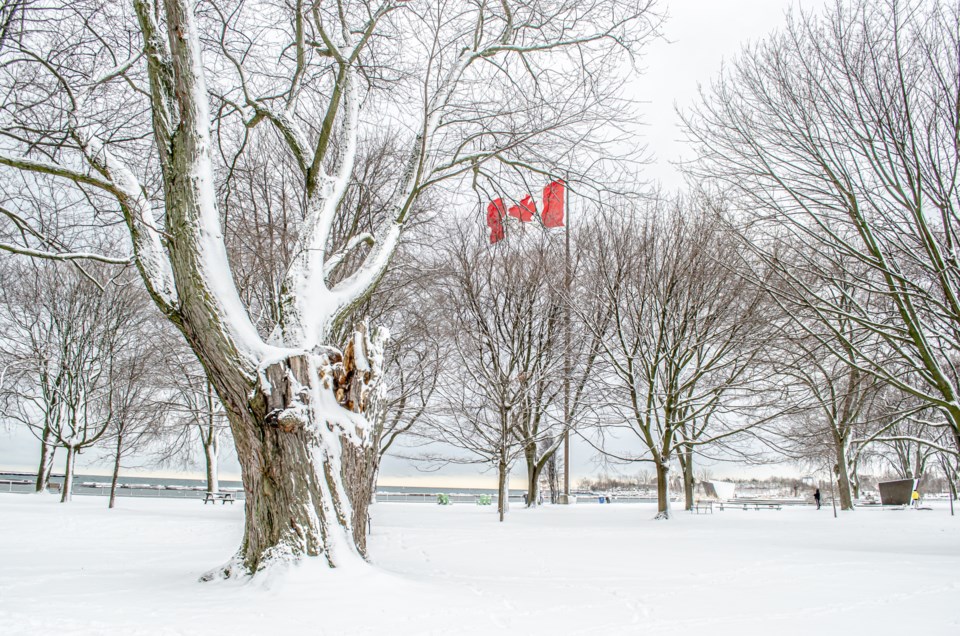After last year’s record-setting mild winter, many Canadians are asking: What’s next?
The short answer? A season full of contrasts. While western Canada will endure relentless cold and heavy snowfall, the east will see milder temperatures punctuated by messy storms. The Weather Network’s latest winter weather forecast gives us a glimpse into what each region can expect between December and February.
"Canada got off exceptionally easy last winter with much warmer-than-normal temperatures from coast to coast. However, we do not expect a repeat performance from winter this year," said Chris Scott, Chief Meteorologist at The Weather Network. "The exceptionally strong El Niño event, which was a key culprit for the lack of winter last year, is now a distant memory. We expect that winter will show up this year and attempt to redeem its reputation."
Let’s break it down.

Western Canada: Arctic Blasts and Epic Snowfalls
If you’re in British Columbia or the Prairies, get ready to bundle up. Winter is coming—and it’s not pulling any punches.
-
British Columbia:
Skiers and snowboarders, rejoice! Southern BC, including Vancouver Island and the Lower Mainland, is set for a strong start to the ski season, with above-average snowfall expected. However, the chill will be intense, with Arctic outflow winds likely making the south coast feel especially biting. The province is also in for fewer warm Pineapple Express systems, meaning consistent cold. -
The Prairies:
Alberta is in for a harsh winter, with relentless cold and above-normal snowfall in southern areas, including Calgary and the foothills. Manitoba and Saskatchewan will see near-normal snowfall overall, but southeast Manitoba could experience a notably snowy season. Think of this as a textbook Prairie winter—cold, snowy, and unforgettable.
Central Canada: Messy Storms and Mild Stretches
Ontario and Quebec are looking at a "rollercoaster winter" this year. While northern areas brace for significant snow, southern parts will see rain and ice mixed in, making for slushy commutes and unpredictable weather.
December stands out as the chilliest month, so expect more traditional winter scenes leading up to the holidays. By midseason, however, stretches of mild weather will steal the show, keeping snow totals below normal in many places.
Atlantic Canada: Winter, Interrupted
On the east coast, mild temperatures and below-average snow will make for a less severe winter than usual. But don’t put the snowblower away just yet.
While high-impact storms will still make appearances, the frequent thaws and rain will ensure that consistent snow cover is rare, especially in southern areas. Expect fewer nor’easters, but don’t mistake that for a snow-free winter.
Northern Canada: A Region of Extremes
The North is always a fascinating mix of conditions. This winter, eastern parts of the Arctic, including Iqaluit, will be unusually mild, while southern Yukon braces for colder-than-normal conditions. Most of the Northwest Territories, as well as western Nunavut, will see near-normal temperatures and snowfall.
Winter’s back and ready to redeem itself ❄️ After a no-show last year thanks to El Niño, this season has something to prove.
— The Weather Network (@weathernetwork) November 27, 2024
Curious what’s in store for the 2024-25 winter season across Canada? Get the full forecast now! #WinterForecasthttps://t.co/uUn3LlyqA7
What This Winter Means for You
Canada’s vast geography means no two winter experiences are the same. While some regions will revel in a banner ski season, others will struggle through messy, inconsistent storms. Wherever you are, this forecast is your cue to get ready—whether that means digging out the snow shovel, planning ski trips, or simply stocking up on hot chocolate.




